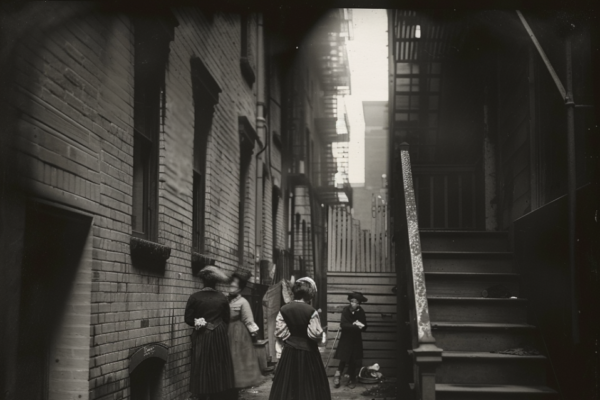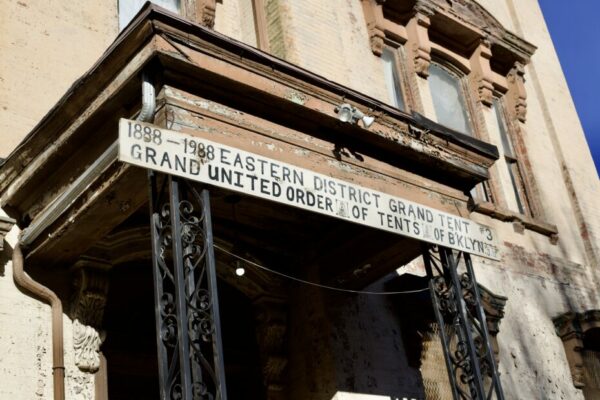
The far end of New York’s Long Island is a place filled with secrets. Set against a beautiful backdrop of rocky Atlantic coastline, charming fishing towns, lighthouses and exclusive boatclubs, are hidden places where you’re not allowed to go. There’s the decommissioned Camp Hero in Montauk, an old coastal defence station disguised as a fishing village, that was designed to protect New York from invasion from the sea, but rumoured to be home to underground laboratories. Here the government supposedly worked on psychological warfare techniques and time travel experiments that would inspire the TV series, Stranger Things.

Just to the north, is the highly secretive Plum Island, home to the scientists of an Animal Disease Center, a government-run facility conducting experiments on biological weapons and animal born disease prevention like foot and mouth and swine flu. Described by the New York Times in 1971 as “a Devil’s Island for the deadliest animal disease germs known to man,” conspiracy theories revolving around the top secret Plum Island grew when a hideously disfigured creature named the ‘Montauk Monster’ washed ashore on Long Island in 2008. “I’ve had questions about Nazi scientists, alien technology and genetically-modified monsters,” explained John Verrico, a spokesman for the Department of Homeland Security’s Science and Technology Directorate.
But lying hidden in almost plain sight, is perhaps the most mysterious place of all, Gardiners Island. Despite being one of America’s largest privately owned islands – from one end to the other is the equivalent of walking from Bowling Green to the Metropolitan Museum of Art – hardly anyone knows it is there. Incredibly it has been owned by one family for nearly four hundred years, protected by a Royal Charter given by King Charles I, making Gardiners Island the only place in America still held by a grant from the English Crown.

Ruled over by a highly reclusive family, the mysterious island is said to be home to America’s oldest building, the site of a witch trial that predates the Salem trials by thirty years, and a hidden hoard of Captain Kidd’s buried treasure. Shrouded in secrecy, the original Native American inhabitants named it Manchonake, the Island of Death.
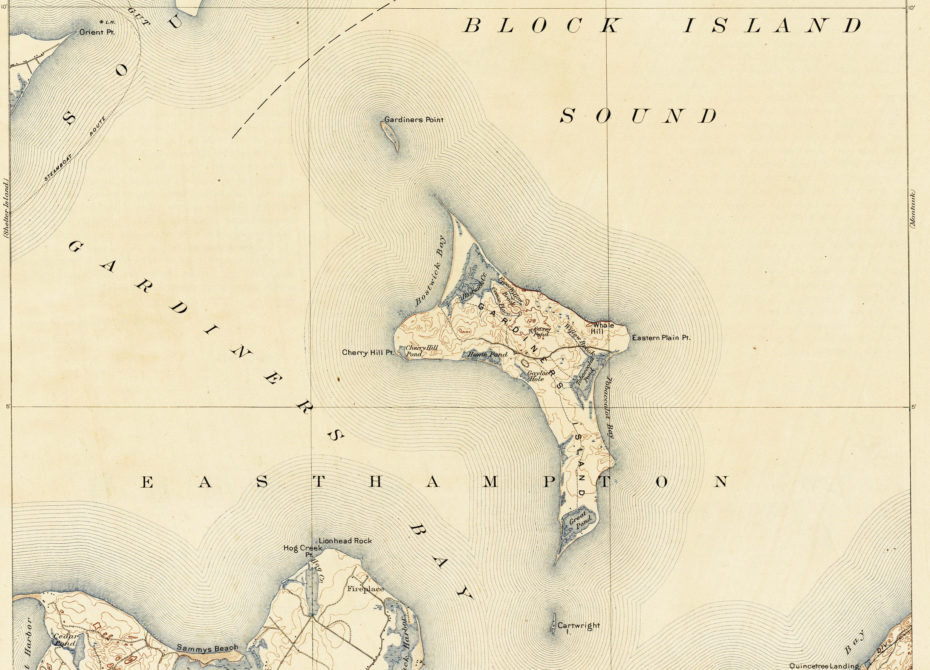
Gardiners Island can be found about a half hour’s sail away from the two peninsulas at the far end of Long Island. A peculiar, star shaped island about six miles long and three miles wide, it has been owned by the Gardiner family since 1639. Covered in one of the largest old growth forests in New York – some thousand acres of virgin white oak – with twenty seven miles of coastline, Gardiners Island teems with thousands of wild deer, horses and birds and a terrain that has been largely untouched since pre-Colonial times.

“Unroll the ancient maps, and it is all there,” wrote historian and writer Robert Payne. “The bright blue wavering coast, the yellow shores, the dark brown hills, and the emerald green forests.” Payne is one of the very few outsiders to have stepped foot on Gardiners Island, but that was back in 1958, when he was given a rare glimpse by then owner Robert David Lion Gardiner, who placed all the ancient family documents and heirlooms at the writer’s disposal. “Gardiner Island is maintained in its original state of primeval beauty” Payne recorded, “the delicate ecological balance of the entire Island has not been tampered with or destroyed.”
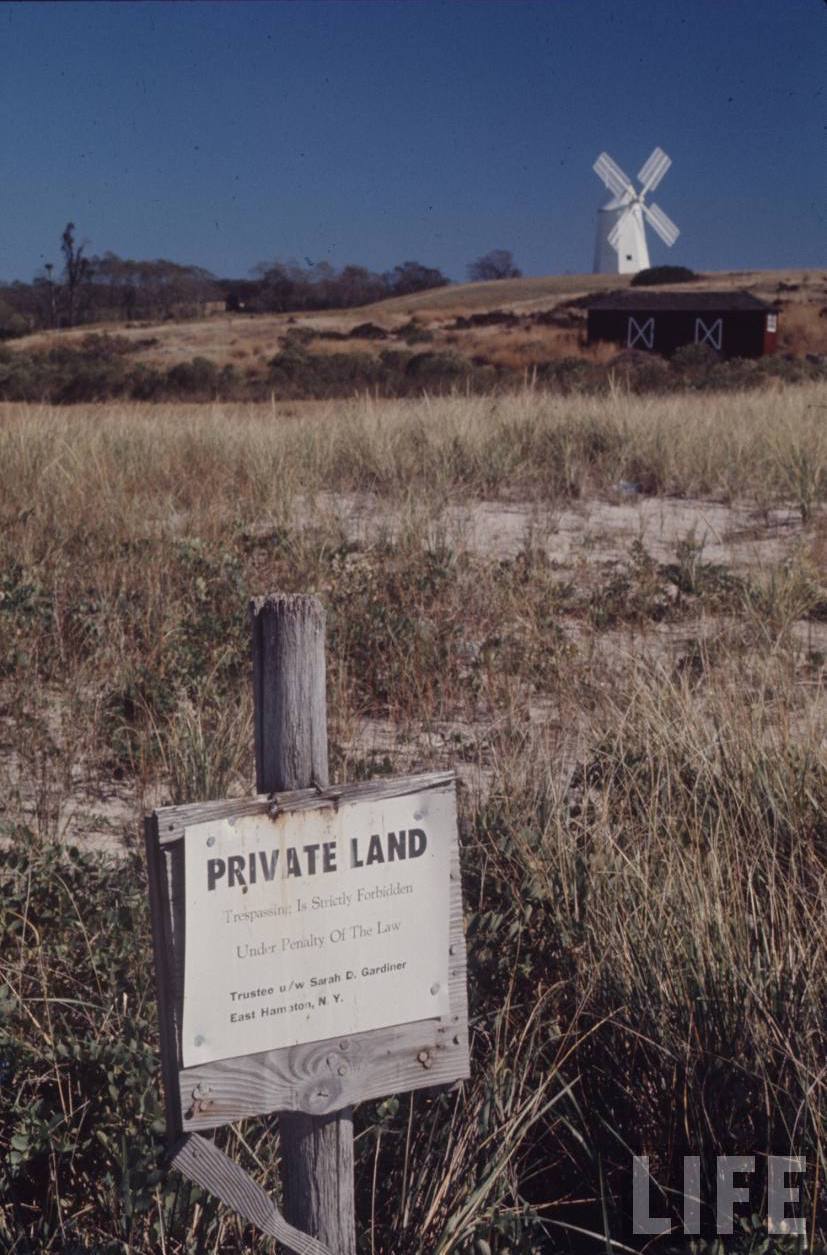
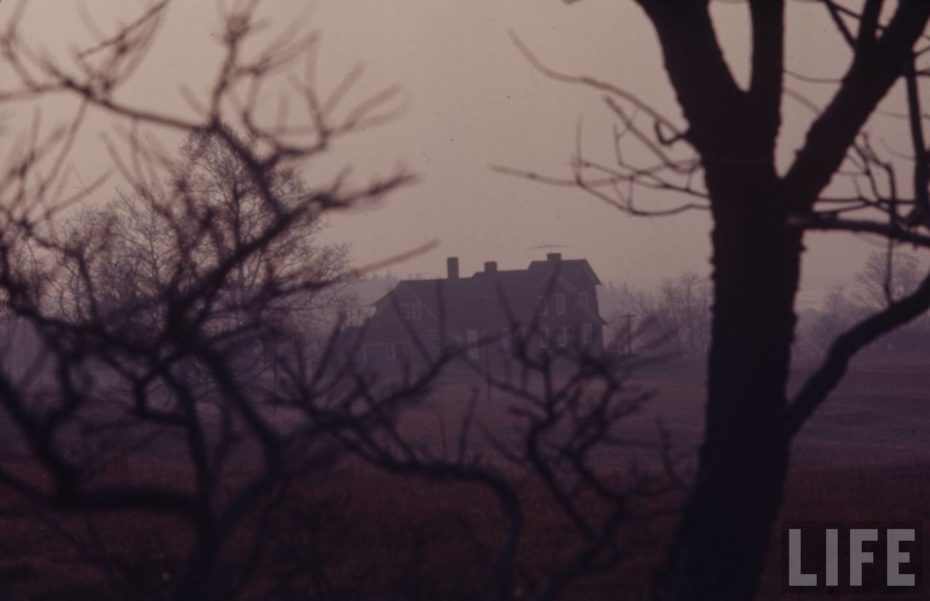
For centuries, the Gardiner family ruled over their island as an old world European aristocracy, complete with a manor house, indentured servants, and even their own hanging tree. The fact that members of the public were forbidden to land on the island only added to the mystery of what was there. Occasionally, the odd media request for access has been granted. In 1968, Life Magazine photographer Alfred Eisenstaedt was shown around the secretive island with its opulent mansion, describing the place as “The Haunted Legacy of America’s Offshore Fiefdom, a Forgotten Place Rich in History and Wildlife”.
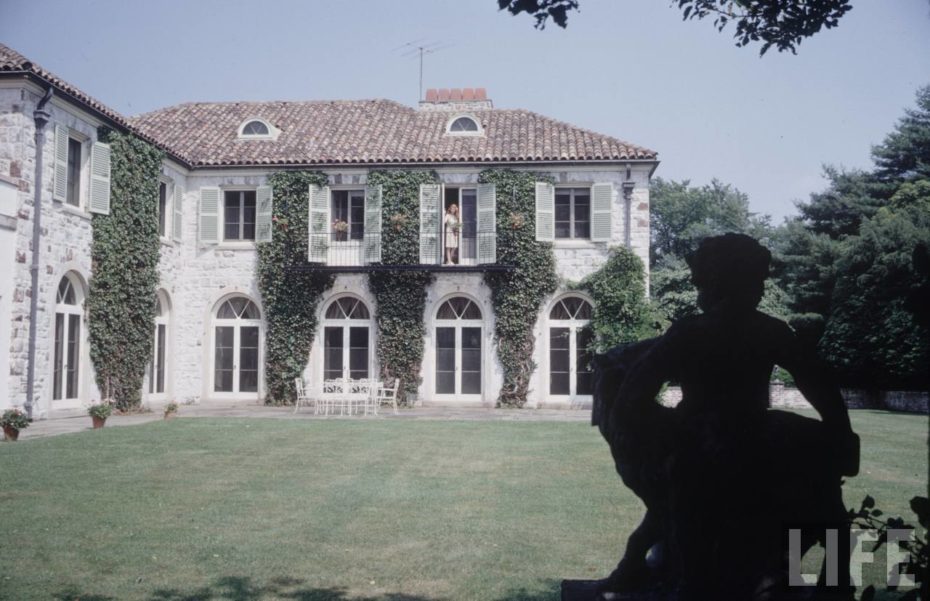
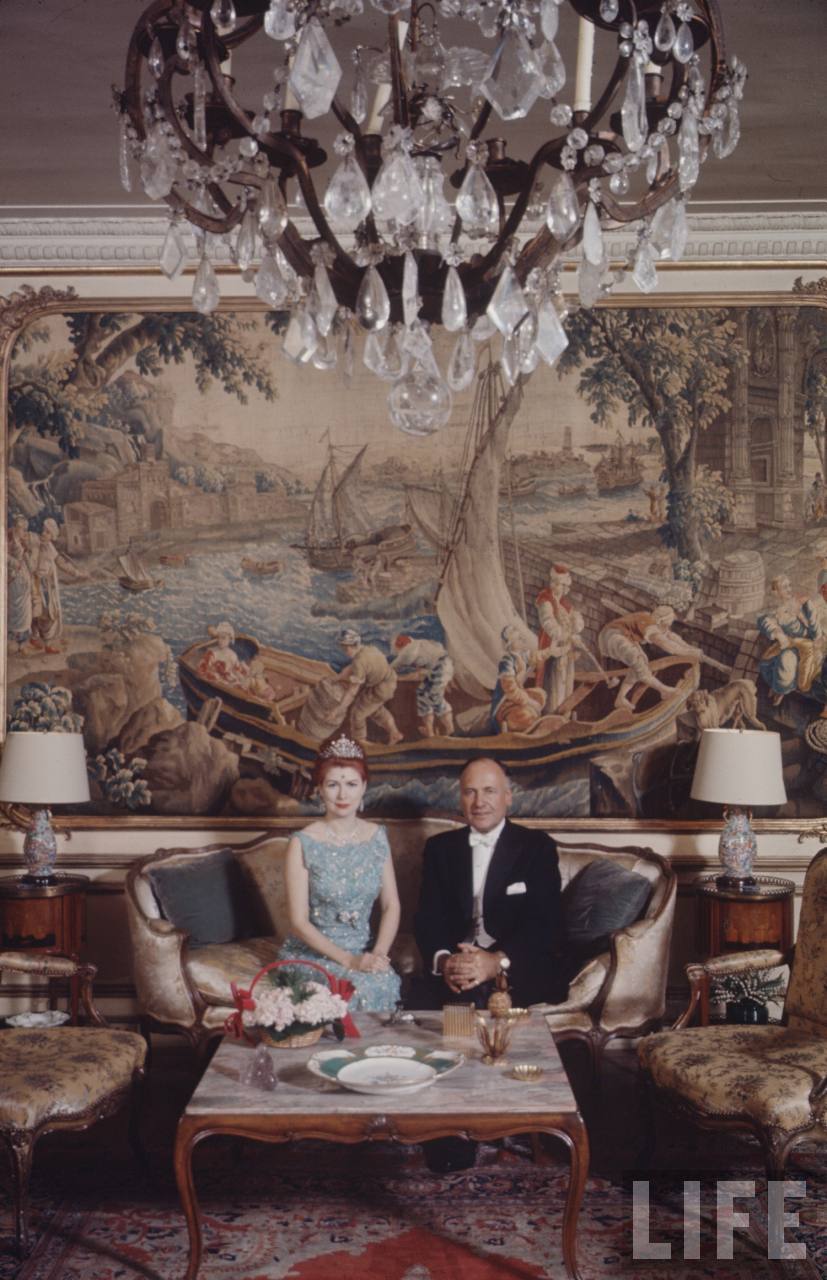
In 1973, Robert David Lion Gardiner allowed journalist Karl Grossman to film a short guided tour, providing another rare glimpse of Gardiners Island. “I’ve been on lots of islands off Long Island: Plum Island, Fishers Island, and a little farther out, Cuttyhunk” explained Grossman. “But Gardiners Island really takes the island cake. There’s nothing like it. It’s essentially the way it was when Columbus landed.”

Since then, hardly any other outsiders have set foot on the island, save for select invited guests of the family, and the occasional tour given by Robert David Lion Gardiner. “The security over there is unbelievable,” explained one time employee Chip Dayton to ‘Avenue’, Manhattan’s oldest society magazine. “They’ve clammed up and they don’t let anyone over.”
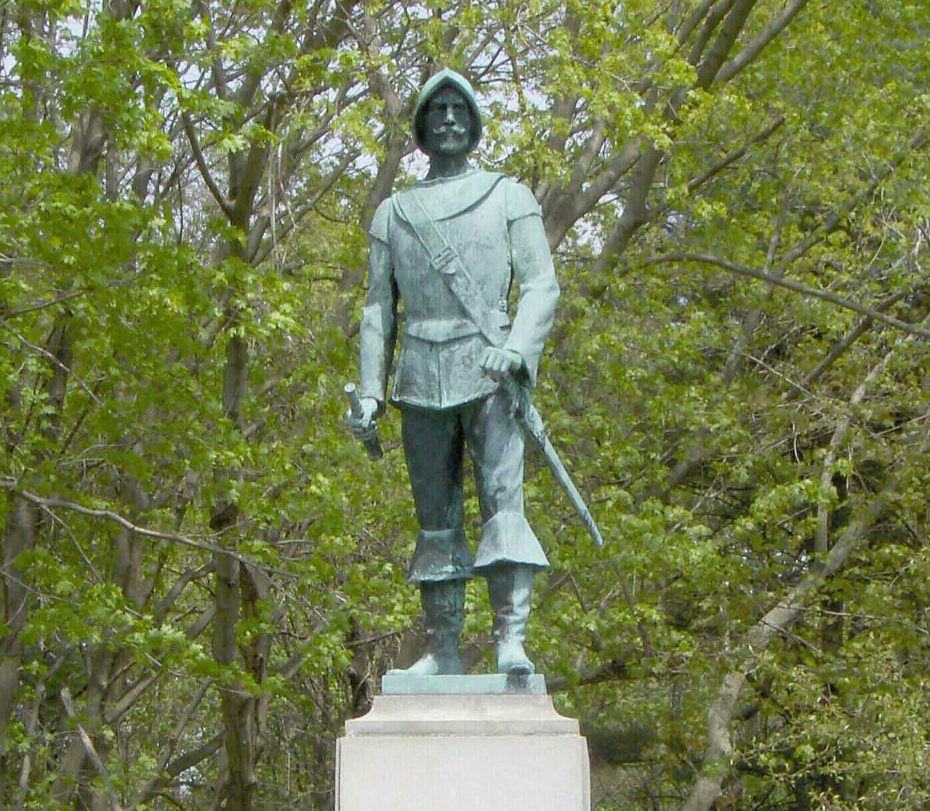
Gardiners Island takes its name from Lion Gardiner, an English army officer born in 1599, and by all accounts a formidable character. Standing over six feet tall with a striking red beard, he was described as a ‘heavily built robust man.’ Lion Gardiner was charged with building a fort in Saybrook, Connecticut, and distinguished himself in the Pequot Wars, defeating the fearsome Pequot tribe and gaining an ally in the Montaukett Native Americans of Long Island. The Montaukett Chief, Wyndach was allegedly so grateful to Lion Gardiner, he offered him the pick of Long Island land. In his family bible, Lion Gardiner recorded that he “grew heartily sick of the politics of New England”, so for a price of “one large black dog, a quantity of powder and shot, some rum, and a few Dutch blankets”, he bought and retreated to Manchonake Island. Today, the prized New York real estate – over three thousand acres of it – is valued somewhere over $125 million.
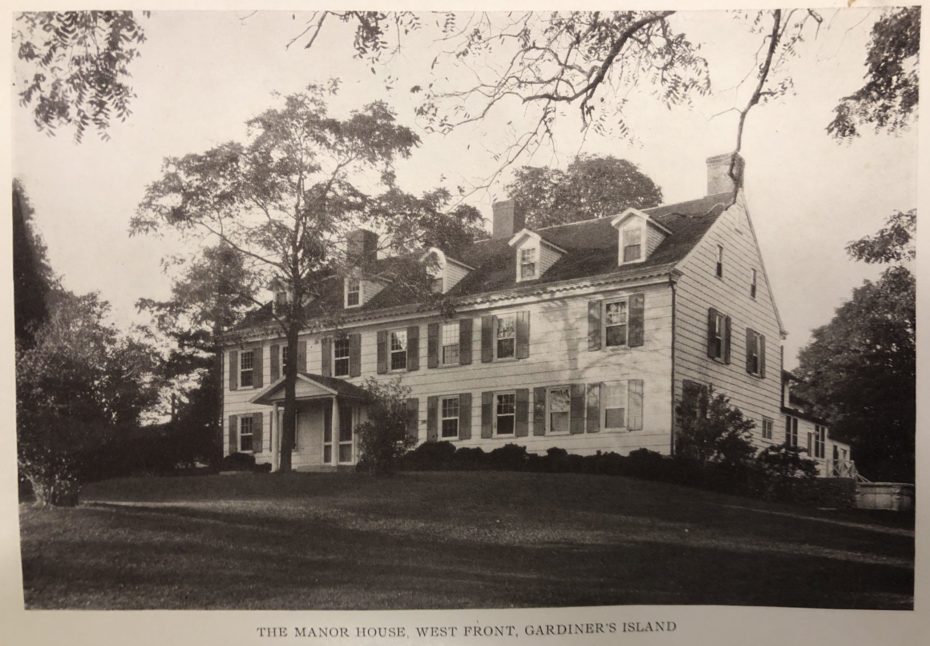
Protected by their Royal Charter which gave Lion Gardiner and his descendants the ‘right to possess the land forever’, the Gardiners settled into their secluded private domain, maintaining a forgotten outpost of European aristocracy. “The Gardiners are more like the English landed gentry that any other American family,” recorded Margherita Arlina Hamm in Famous Families of New York in 1902, “they are the only family which has been bound by feudal law of primogeniture and entail for generations.”
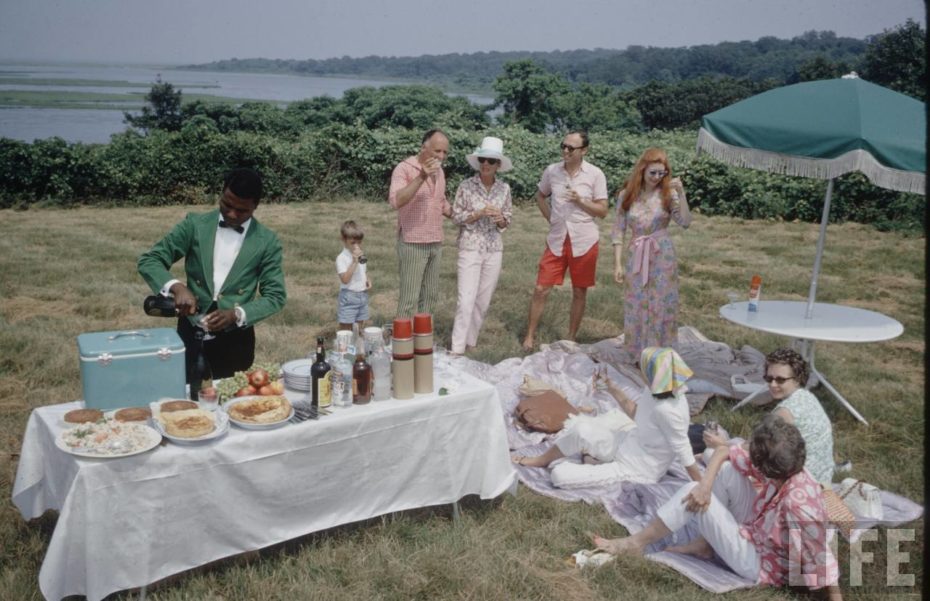
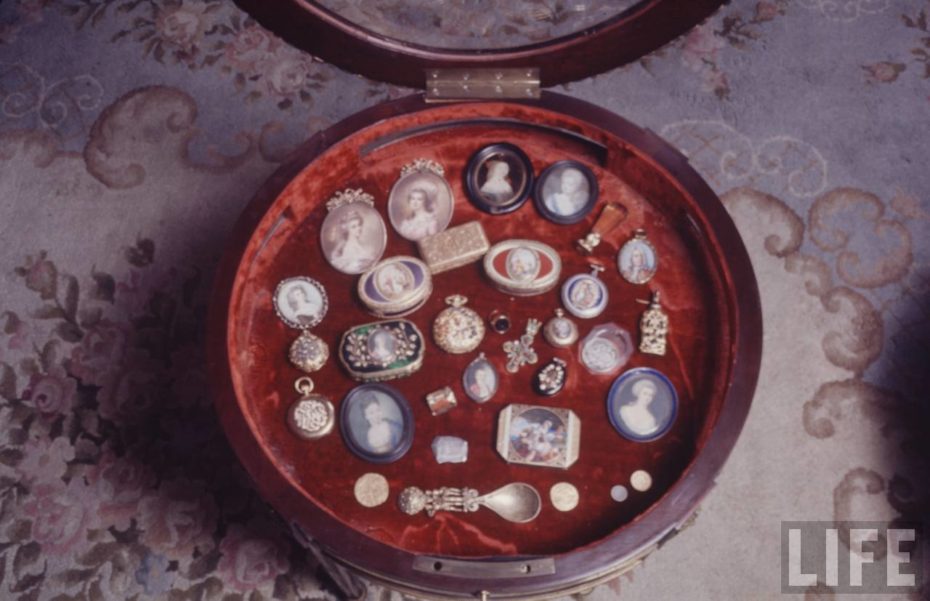
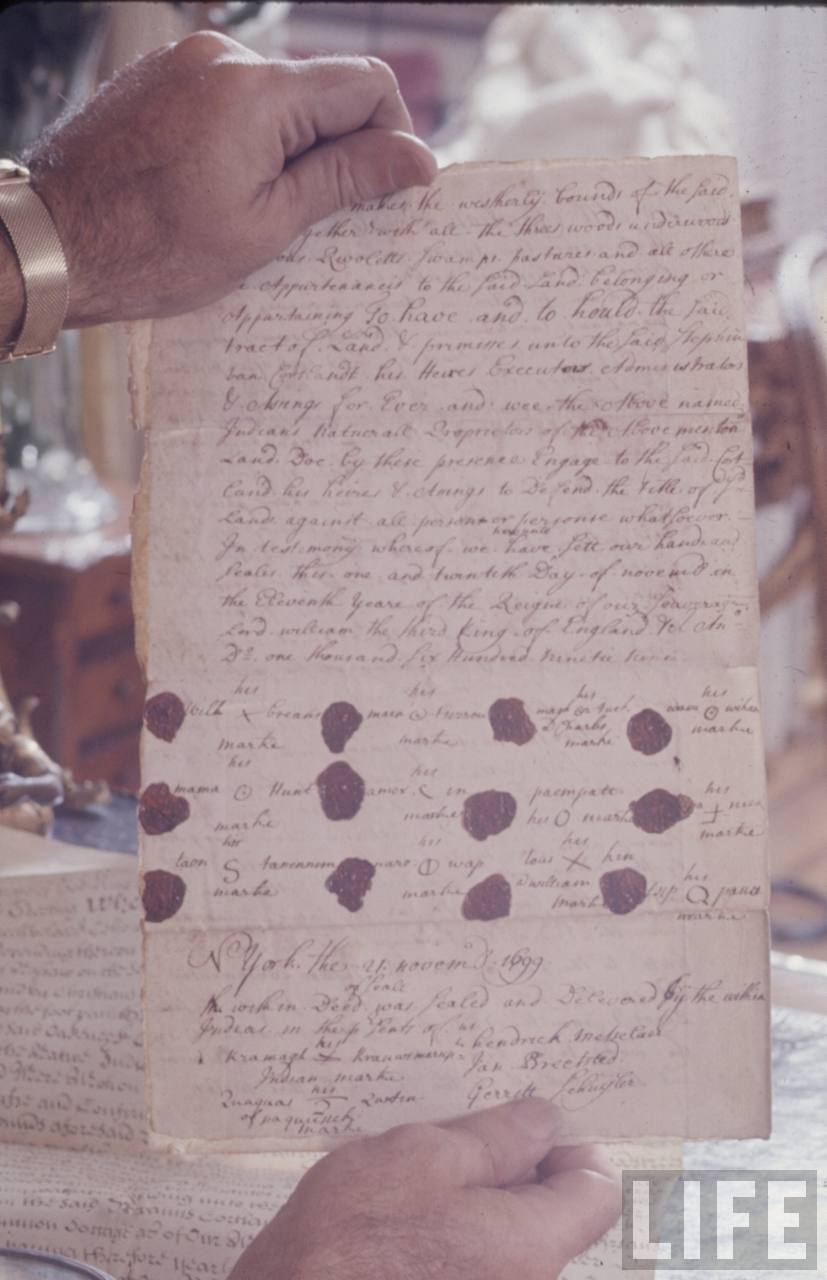
Certainly, the last male Gardiner to rule over the island revelled in his heritage, calling himself ‘the Sixteenth Lord of the Manor’. Robert David Lion Gardiner (pictured below) who passed away in 2004, lived large in Long Island high society. Flamboyantly dressed by in Savile Row suits, he would sail to the mainland in a boat flying the skull and crossbones, wearing jewellery he claimed was from the Captain Kidd treasure hoard, with his red haired, British aristocratic wife on his arm.
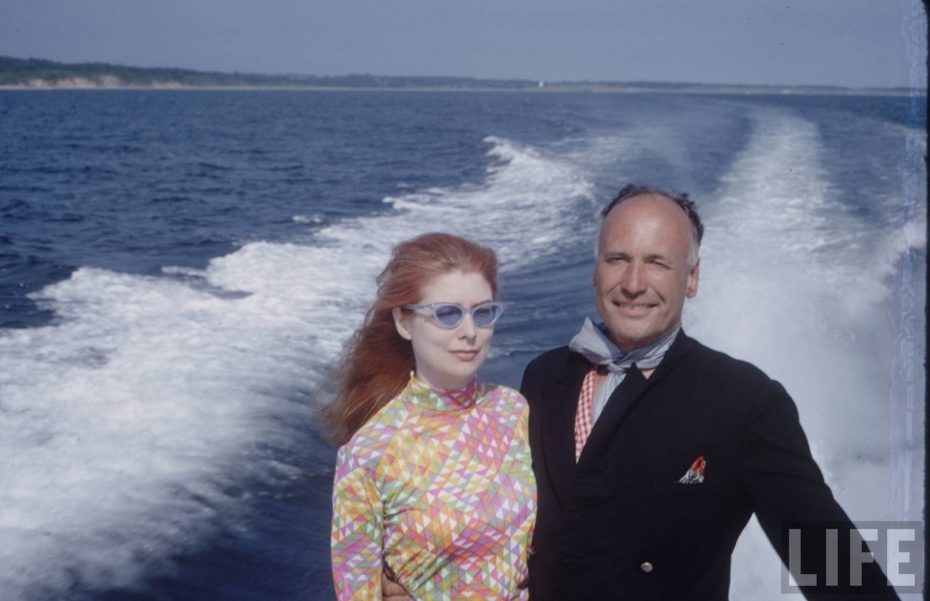
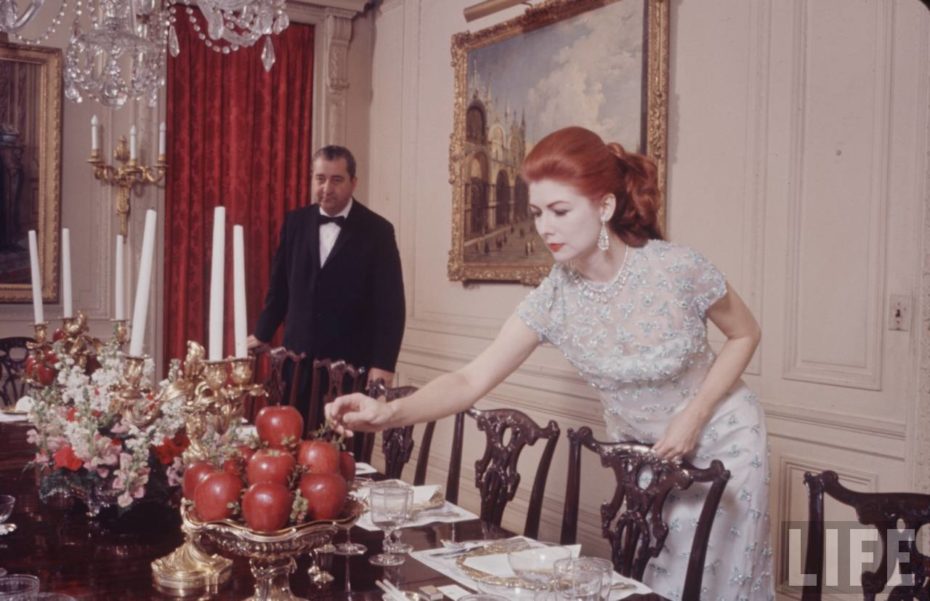
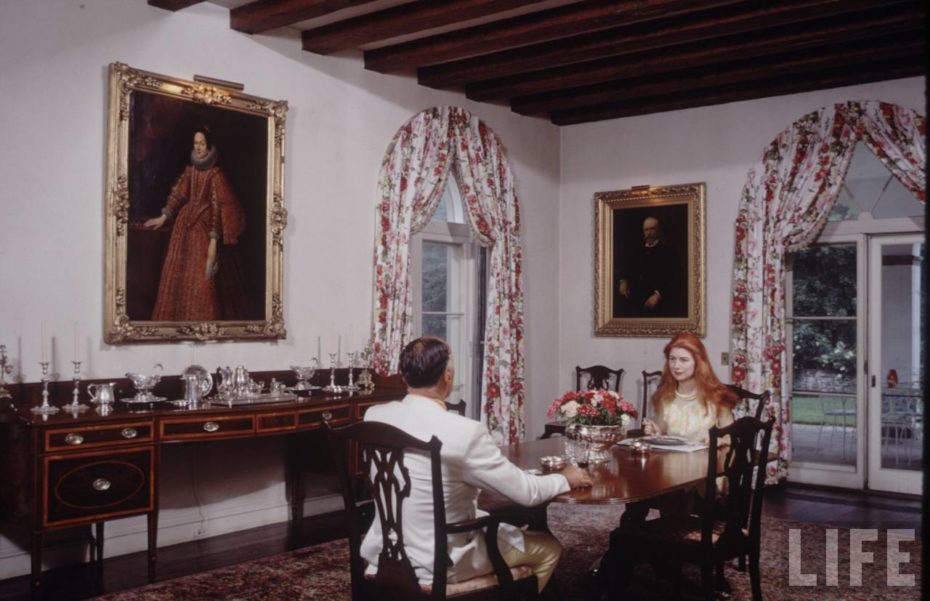
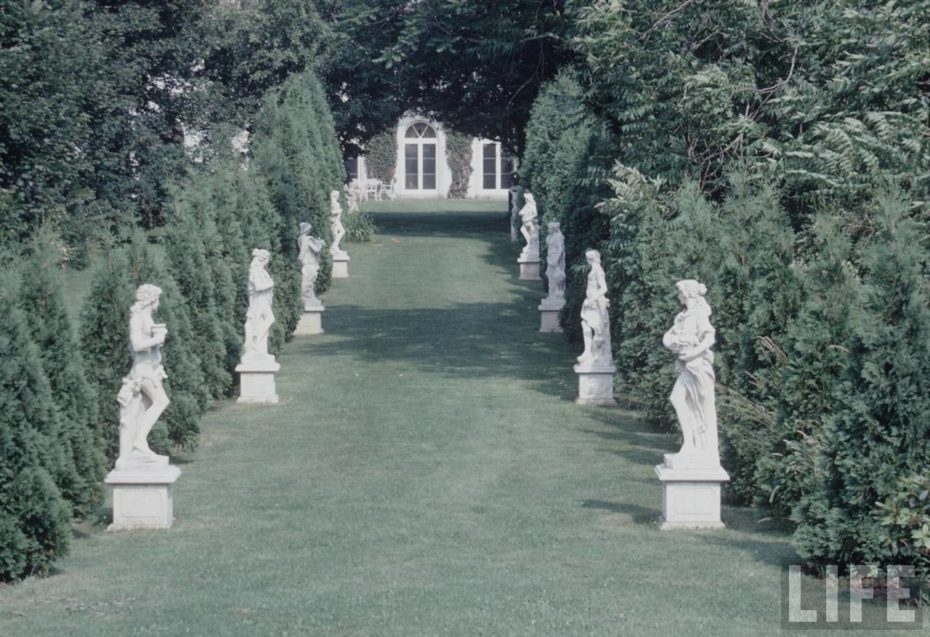
“Sometimes I feel very feudal” he once said to the New York Times. By all accounts unswervingly charming as he was eccentric, Robert David Lion Gardiner boasted to New York magazine in 1989, “the Fords, the Du Ponts, the Rockefellers….they are the noveaux riche!” For Robert David Lion Gardiner, America’s other elite families such as “the Vanderbilts and the Astors, were late-comers, who arrived on the scene two hundred years too late. The Gardiner’s had their stake in America from the beginning”. But whilst the likes of the Astors became enthroned in high society, building prominent mansions in New York, the Gardiner’s lived in relative quiet off the coast of Long Island, a place one visitor described as “a strange world where in winter, fog concealed the Island for whole days.”
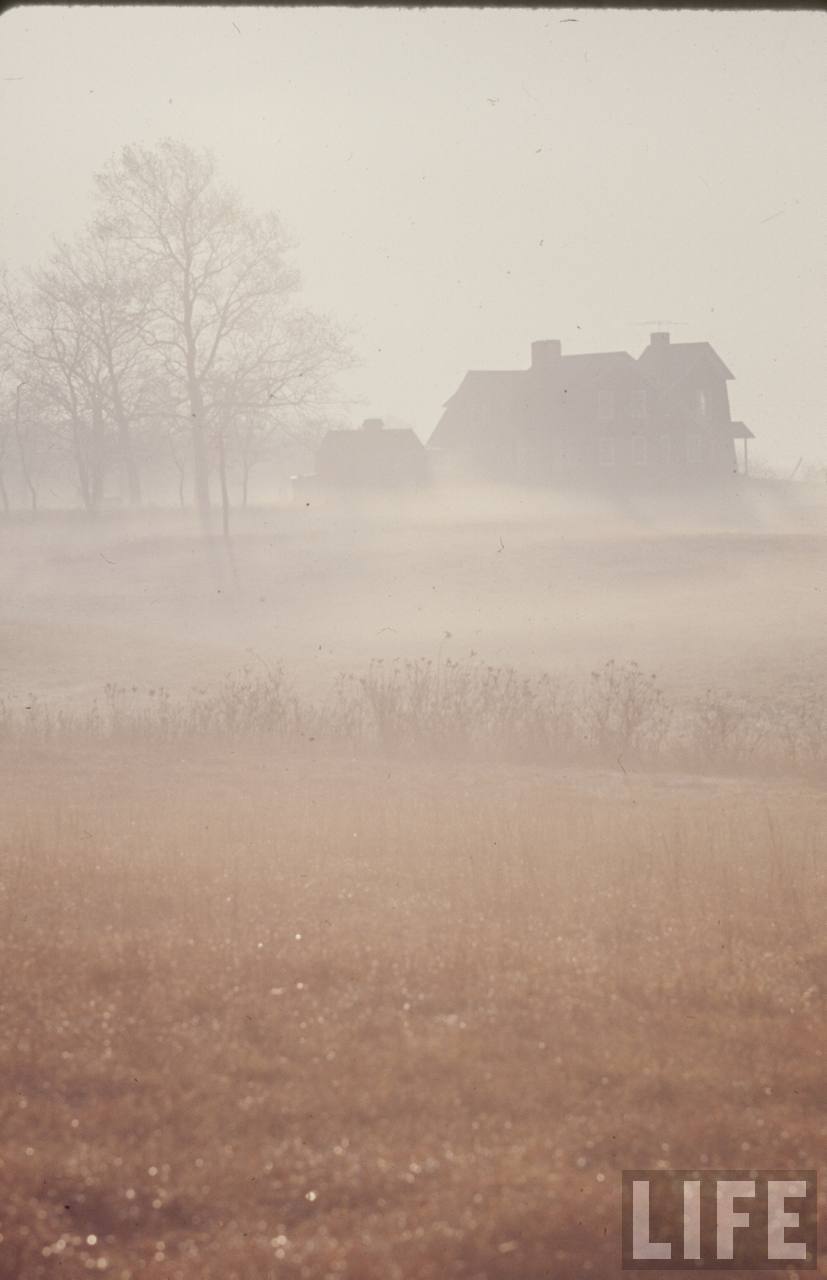
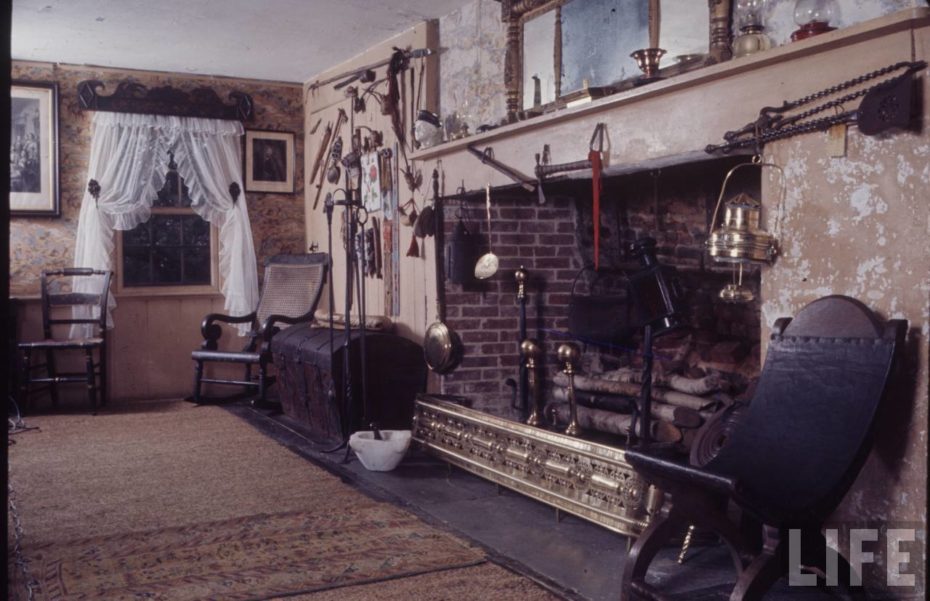
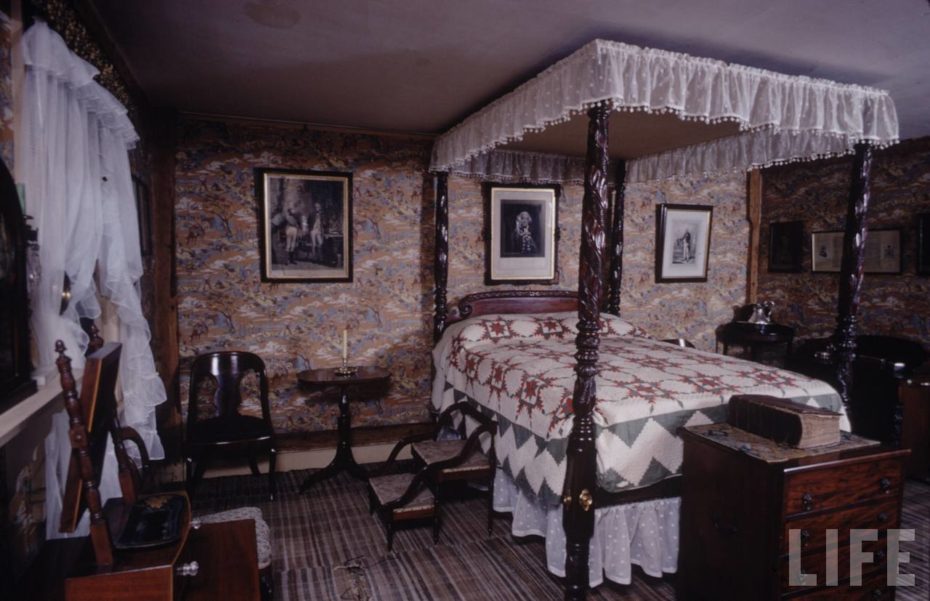
Occasionally the outside world would get wind of the island’s strange secrets. In the year 1658, Lion Gardiner’s teenage daughter Elizabeth fell ill after childbirth, leading to accusations of witchcraft at play. Robert Payne described how “the fever was gripping her…then she began to scream at the top of her voice ‘A witch! A witch! There was a black thing at the foot of the bed…pricking her with pins!’ The shadowy figure she’d seen was said to be Goodwife Garlick, a resident of the Island, who became the first woman to be tried for witchcraft in the Colonies, decades before the famous Salem Witch Trials.
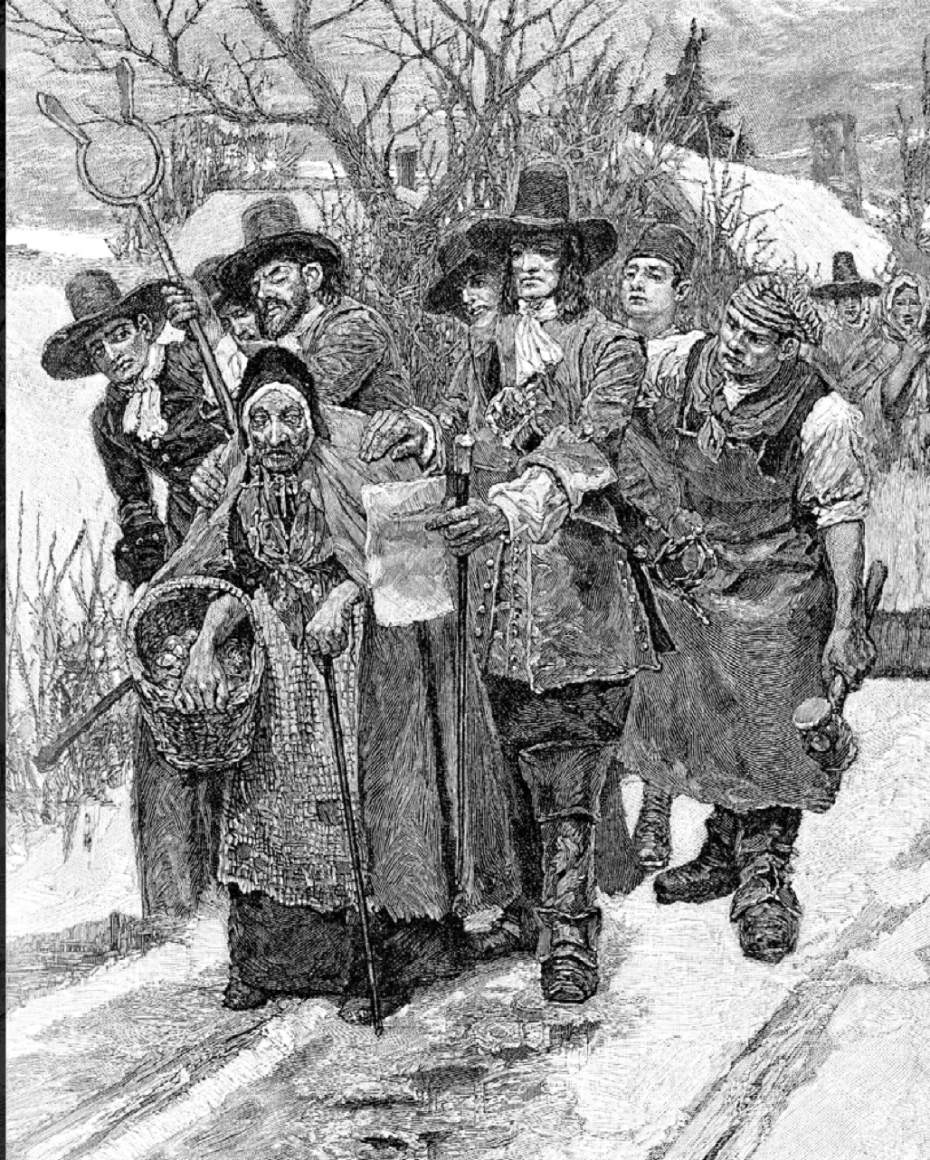
“Feared and hated by the townspeople”, Goodie Garlick was shipped to Hartford, Connecticut to stand trial. Despite Elizabeth Gardiner dying of convulsions, proof of Garlick’s “familiarity with Satan was lacking” and she was acquitted. Returning to Gardiners Island, Lion “took pity on her friendless condition” and gave her a little cottage to see out her years. Just over three centuries later, Richard David Lion Gardiner was showing a select tour of Long Island residents around the island, pointing out a forlorn looking place named Garlick Pond: “notice the gnarled trees, the dead stumps, the gloomy atmosphere.”
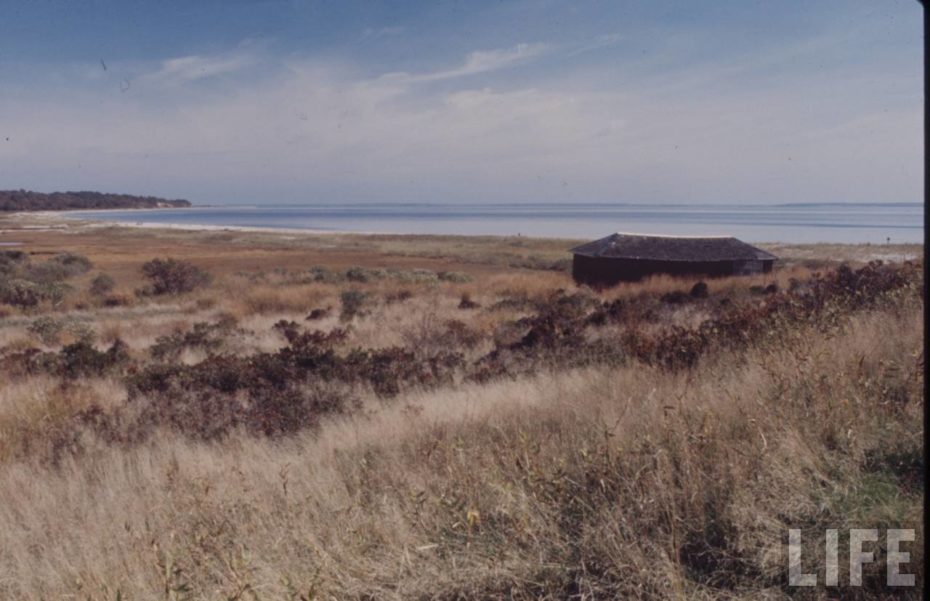
Goodie Garlick’s cottage has long since been torn down, but many old buildings still remain on the island. There’s a white windmill dating to 1795 and a sundial made in London that has marked the time of day since 1693. A blacksmith shop lies alongside a red building called ‘the Bound Boy’s House’ where Gardiners indentured servants used to live. Of chief interest is an old carpenter’s shed, supposed to date to 1639, and thought to be the oldest surviving structure in American history.
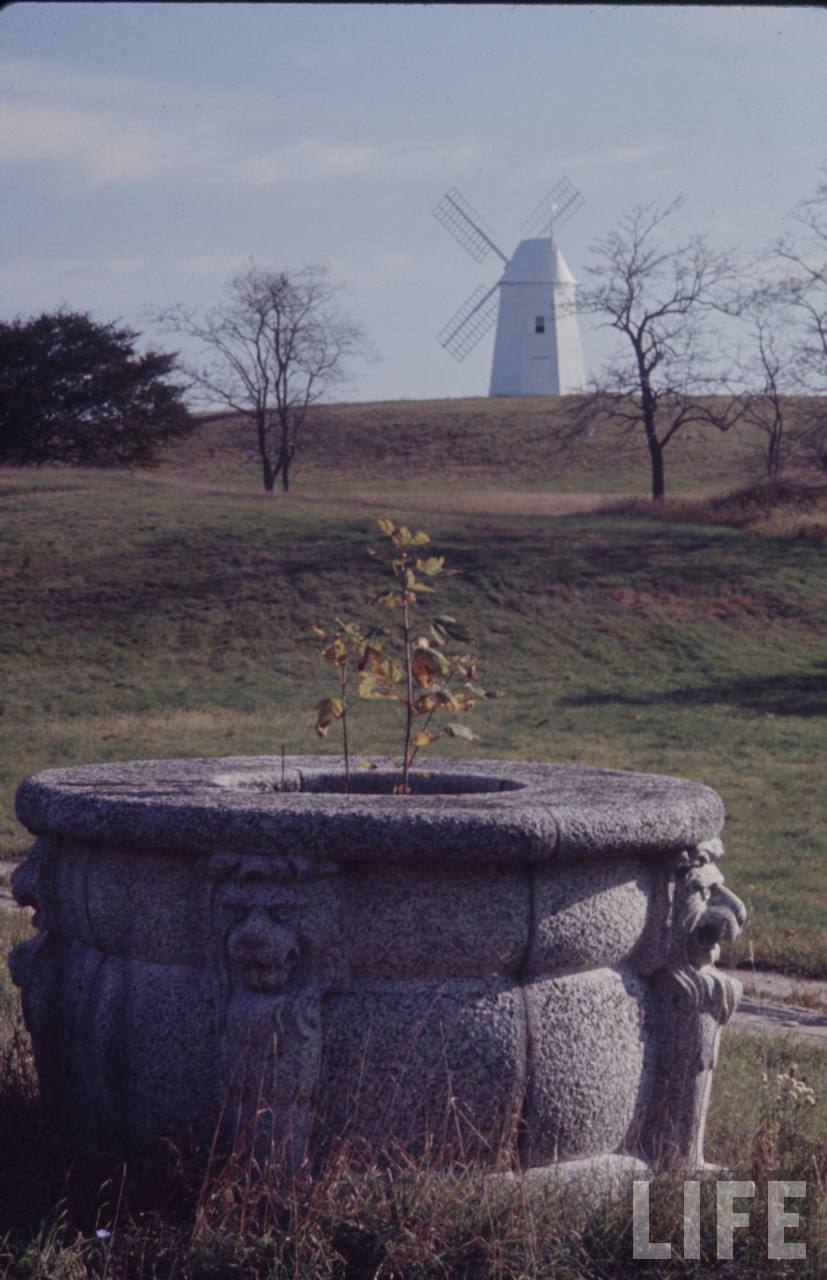
The Gardiner’s mansion itself was destroyed by fire in 1947, but its replacement is filled with the family treasures and heirlooms, such as a silver chalice from 1635, eighty four gold plates from the 1750s, each one engraved with a scene of the Island, and a Spanish gold cross from the 17th century decorated with emeralds and rubies. In dense forest to the north of the island is the old hanging tree. As Robert David Lion Gardiner once explained, “All the business of life, education, churchgoing – and justice – was conducted on the Island. Hence the Hanging Oak. Notice the support bracing the tree so that the branch would not give under the weight of a man.”
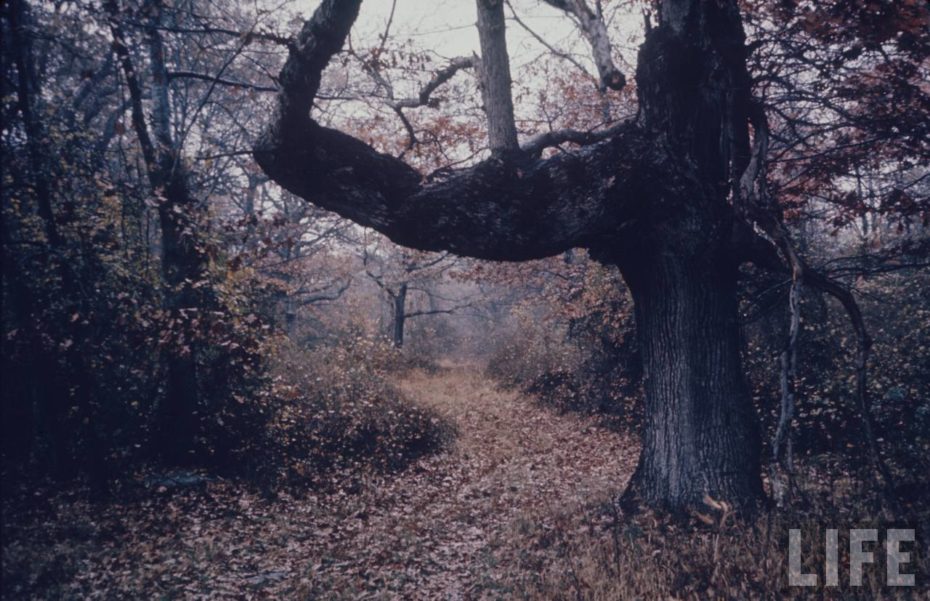
Just off the northern coast of Gardiners Island is another tiny island, once called Gardiners Point, and home to the former Fort Tyler. Built as part of New York’s coastal defences during the Spanish American War, the small outpost was used for bombing target practice during World War II, and was pulverised so much, it is known simply as ‘The Ruins’.
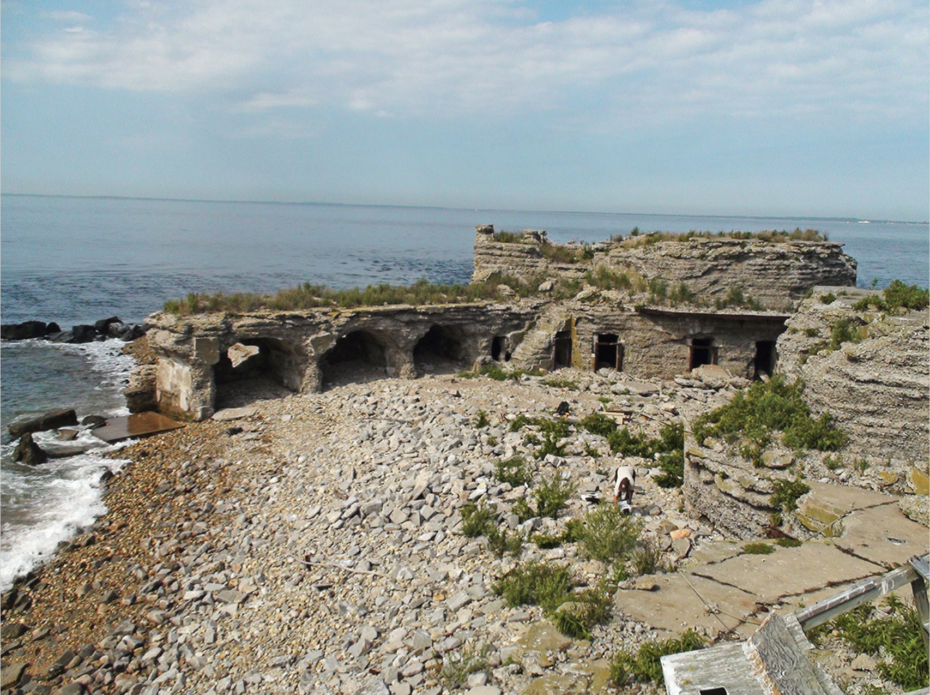
Outside the manor house lies the old family burial ground. Whilst Lion Gardiner himself is actually buried on mainland Long Island in a striking tomb featuring a reclining knight in full armour, he also has a tombstone on the island that is said to have a false cover, used as an underground escape hatch from the manor house in case of pirate raids: a feature that could have been put to good use when the island was visited by the notorious Captain William Kidd.
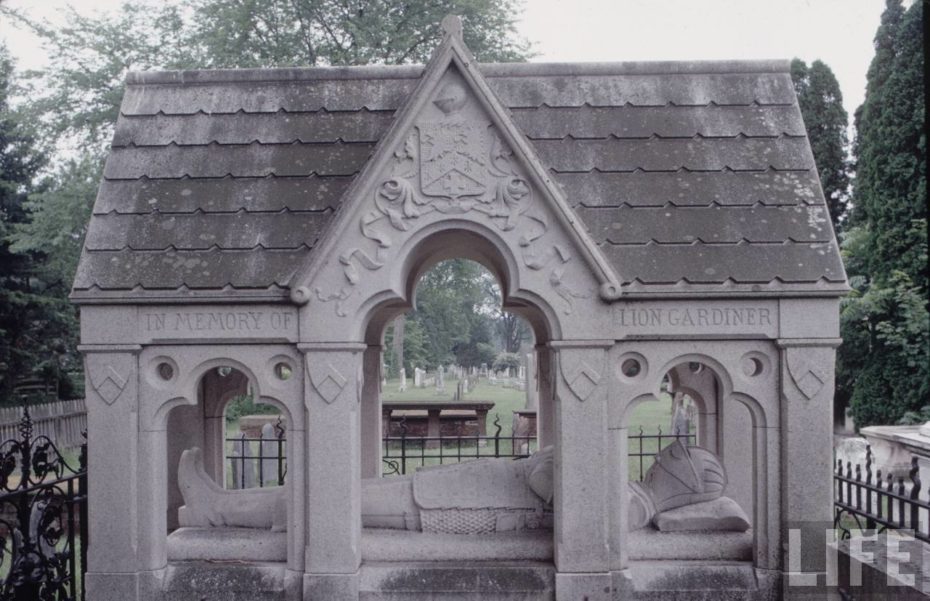
When Captain Kidd arrived on Gardiners Island in 1699, he was one of the most pre-eminent gentleman pirates of the day. A pew holder at Trinity Church in Lower Manhattan, and owner of a large house at 56, Wall Street, Kidd was so successful at piracy, the British government gave him letters of marque as an officially sanctioned privateer, so long as a portion of his proceeds went to the Crown. But during the Anglo-French Wars, piracy became a criminal act and threatened with arrest, Captain Kidd sought refuge on Gardiners Island.
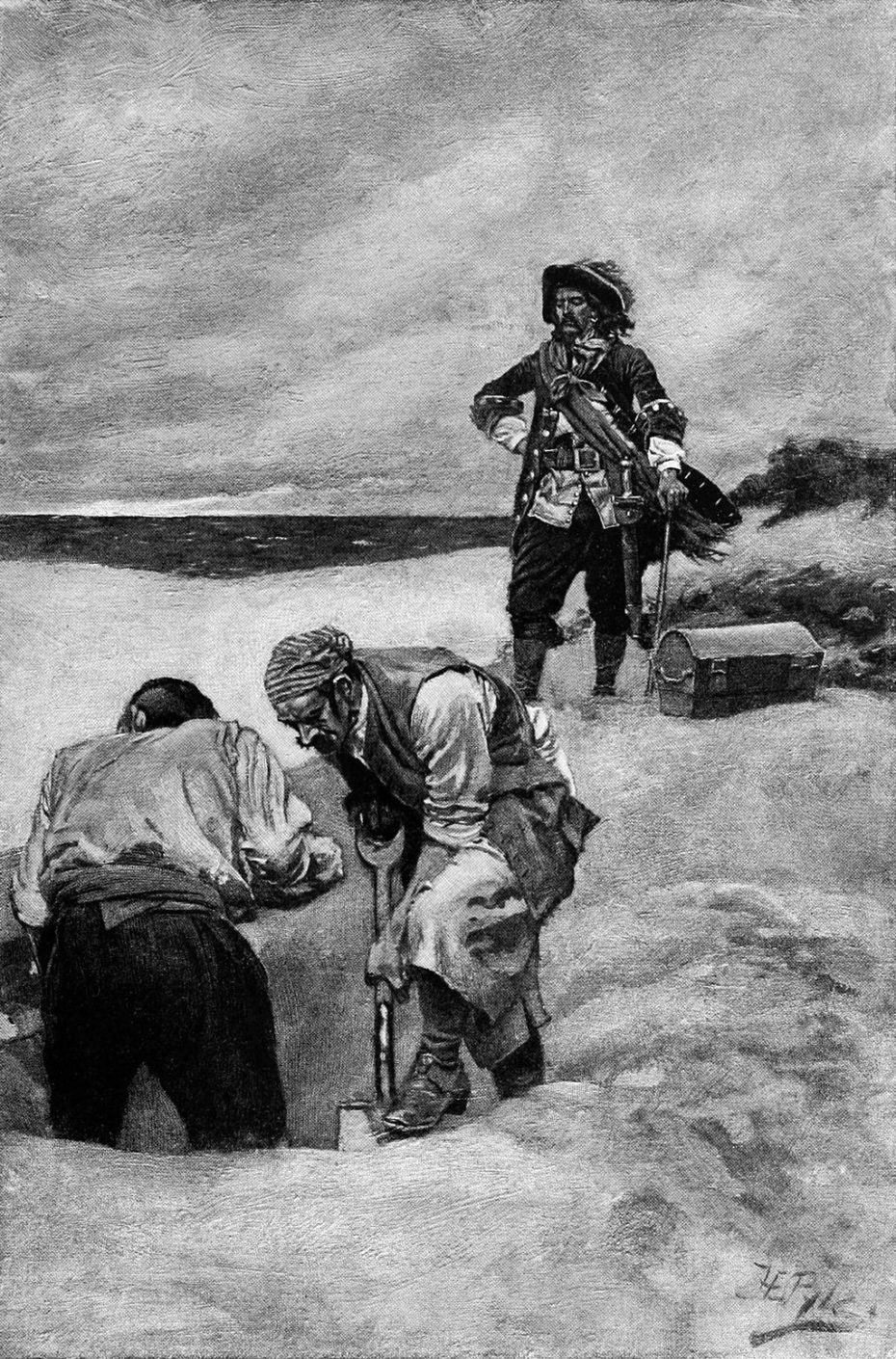
Landing in the dead of night and weighed down with treasures from his latest prize, the merchantman Quedagh, Captain Kidd woke John Lyon Gardiner, then Sixth Lord of the Manor. At first, Captain Kidd’s behaviour was threatening: he tied Gardiner to a mulberry tree and buried his treasure, “hid in a swampy place at Cherry Harbour.” Kidd showed Gardiner where the treasure was hidden, telling him, “if he never called for it, he might have it. But if called for & gone, would have his or his son’s head.”
Captain Kidd was eventually apprehended in Boston and hung in England, and the buried treasure was ordered to be dug up and entered as evidence in the trial. But as historian Robert Payne recorded, “Here and there it was whispered that John Lyon kept a large portion of it. By 1877 it had vanished completely and all efforts to trace it have failed.” How much the tale of Captain Kidd’s buried treasure on Gardiner Island is truth or family folklore is unknown. But if you were to visit the East Hampton Public Library on Long Island, you can see the gold cloth given to Mrs Gardiner on display, whilst Robert David Lion Gardiner would often wear a gold and diamond ring, he claimed was part of the hidden hoard.

One of the island’s most glamorous inhabitants was Julia Gardiner, born in 1820, and who’s looks earned her the name, ‘the Rose of Long Island’. Scandalising polite society by appearing in an advert for a department store on the arm of a young man, she was courted by English noblemen, an Italian prince, two US congressman and three members of the Supreme Court, before she was married to 10th President of the United States, John Tyler. At an official banquet Tyler was said to be “chasing Julia down the stairs and around tables”
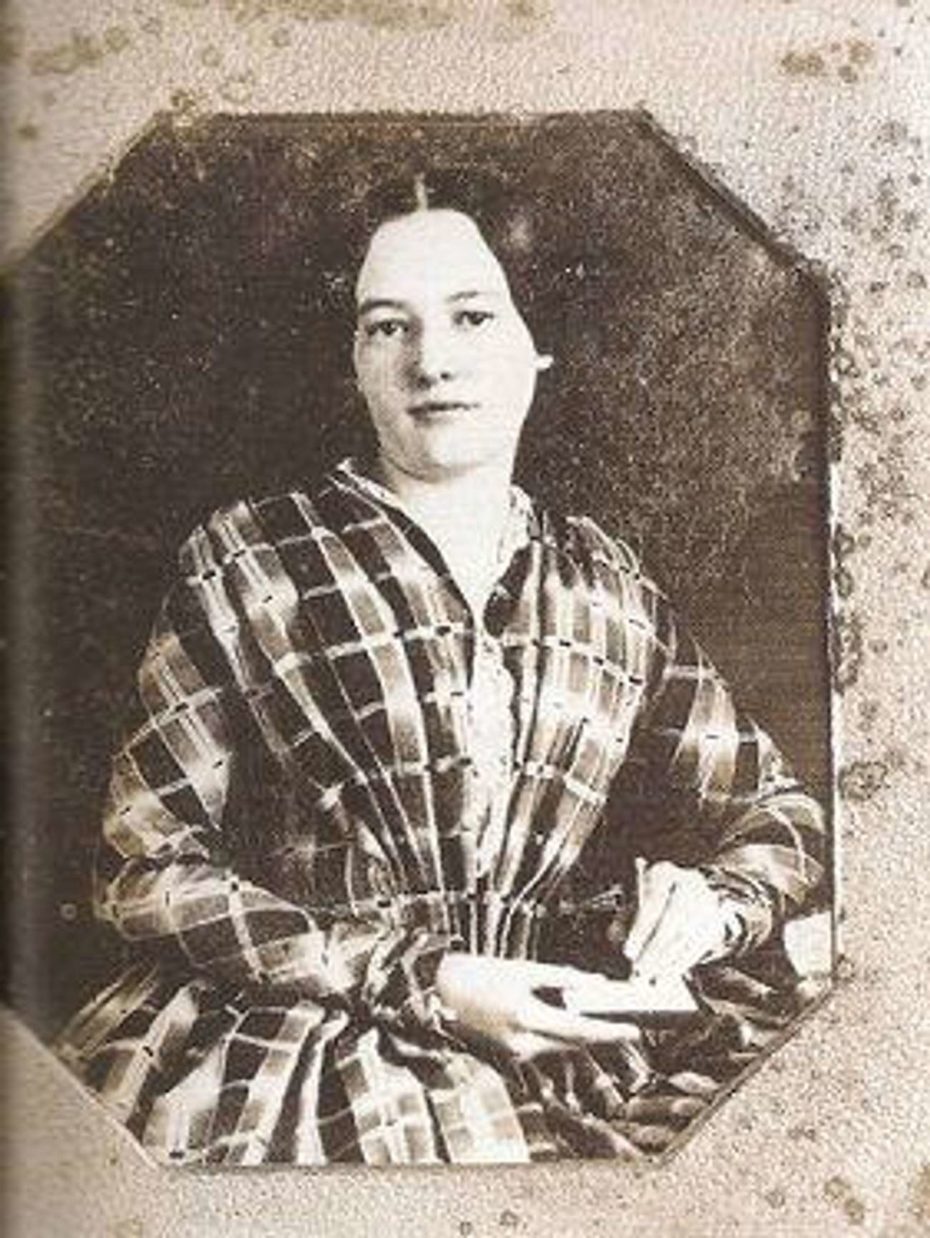
Recent years saw the otherwise fiercely private family brought into the public eye again, when Robert David Lion Gardiner’s failure to produce a male heir threatened to disrupt the centuries old entail. A public feud with his sister, Alexandra Gardiner Creel and her children lasted several decades, ending up in court and the New York tabloid press until the death of the ‘Sixteenth Lord of the Manor’ in 2004.
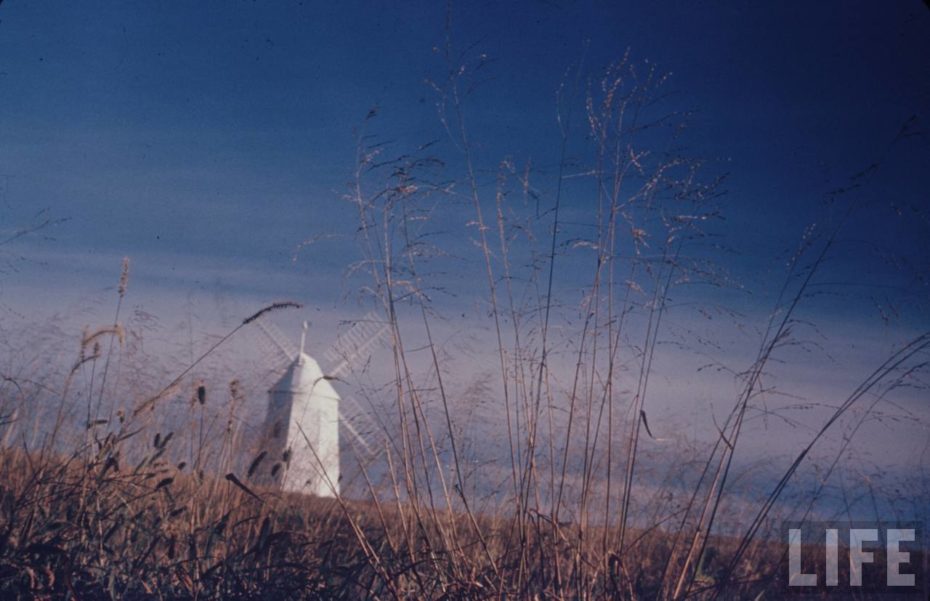
Robert’s estranged and fiercely private niece, Alexandra Gardiner Creel, became the sole owner of the island. She and her two children have turned down the temptation to sell their private island to property developers, preferring instead to work to protect the natural habitat that has been largely untouched for centuries. Today, despite its size and proximity to mainland New York, Gardiners Island remains a place very few people have heard of. Even fewer have been fortunate to step foot on an island where not much has changed in over three hundred years.







